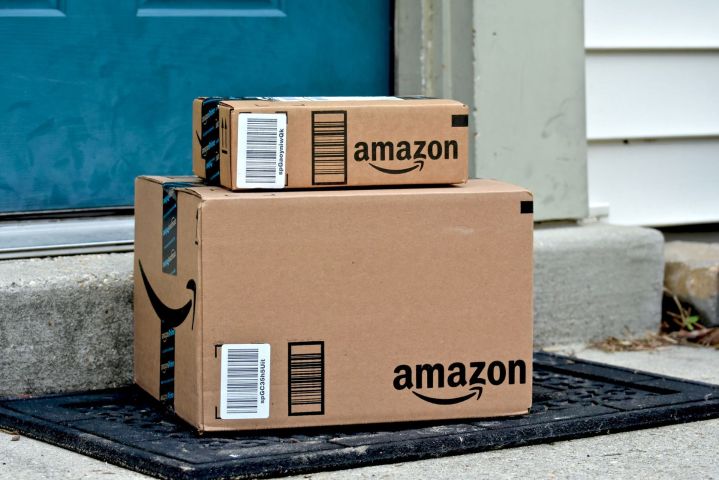
Michael and Kelly Gallivan never ordered any of it, and after five months of deliveries — all from China and which have so far included everything from bluetooth speakers and humidifiers to phone chargers and flashlights — they’ve had enough. But ending it is proving a challenge.
With a couple of items turning up every week, the Gallivans became worried they might end up having to pay for it all. There were no sender addresses or invoice slips with the packages, making them difficult to trace and impossible to return. Amazon asked Mike for order numbers but of course he didn’t have any. All the company could say with any certainty was that all of the items were ordered using gift cards.
“[Amazon] told us to send them back to the distribution facility in Lexington, Kentucky, but by that time we’d received a lot more of these things and it became kind of like, ‘This is ridiculous, trying to carry that plan out,'” Mike told the BBC on Sunday, February 11.
Desperate to find a solution, Mike googled “unordered packages from Amazon” and several articles showed up describing a practice known as “brushing.”
The scam, which has actually been going on for a number of years, enables an online seller to submit positive reviews for their own products via fake accounts. Hiding behind one of the fake accounts, the online seller — or more likely a brushing firm hired by the seller — goes through the usual process of searching for an item on Amazon (or another ecommerce site) before making a purchase. This “normal” activity makes it harder for Amazon to identify the account as fake, and so the company fails to spot the bogus reviews. In many cases, the review will be for an item of higher value than the one sent out. Amazon is constantly battling to rid its site of fake reviews, but the rogue sellers clearly aren’t giving up.
Mike says he can’t be certain, but he guesses that his details were taken when he ordered an item online from China last spring.
Why send stuff to the U.S.?
But why are the China-based sellers sending stuff overseas? According to Forbes, this has to do with subsidized postage rates offered by the U.S. Postal Service that make it cheaper for Chinese sellers to send overseas rather than domestically.
Amazon told CBS News that it looks into every report of customers receiving unsolicited packages and will endeavor to ban all vendors and reviewers who abuse the system.
But the Gallivans’ experience now has some people wondering just how many others are receiving free stuff via Amazon that they didn’t even order, but are perhaps enjoying the unexpected “gifts” and so choose to keep quiet about it.
Mike said he hasn’t received any new deliveries in the last few days, and hopes it has something to do with the worldwide attention the story’s been getting. But who knows, in the morning there may just be another USB hand warmer or set of tent lights waiting on his doorstep.


